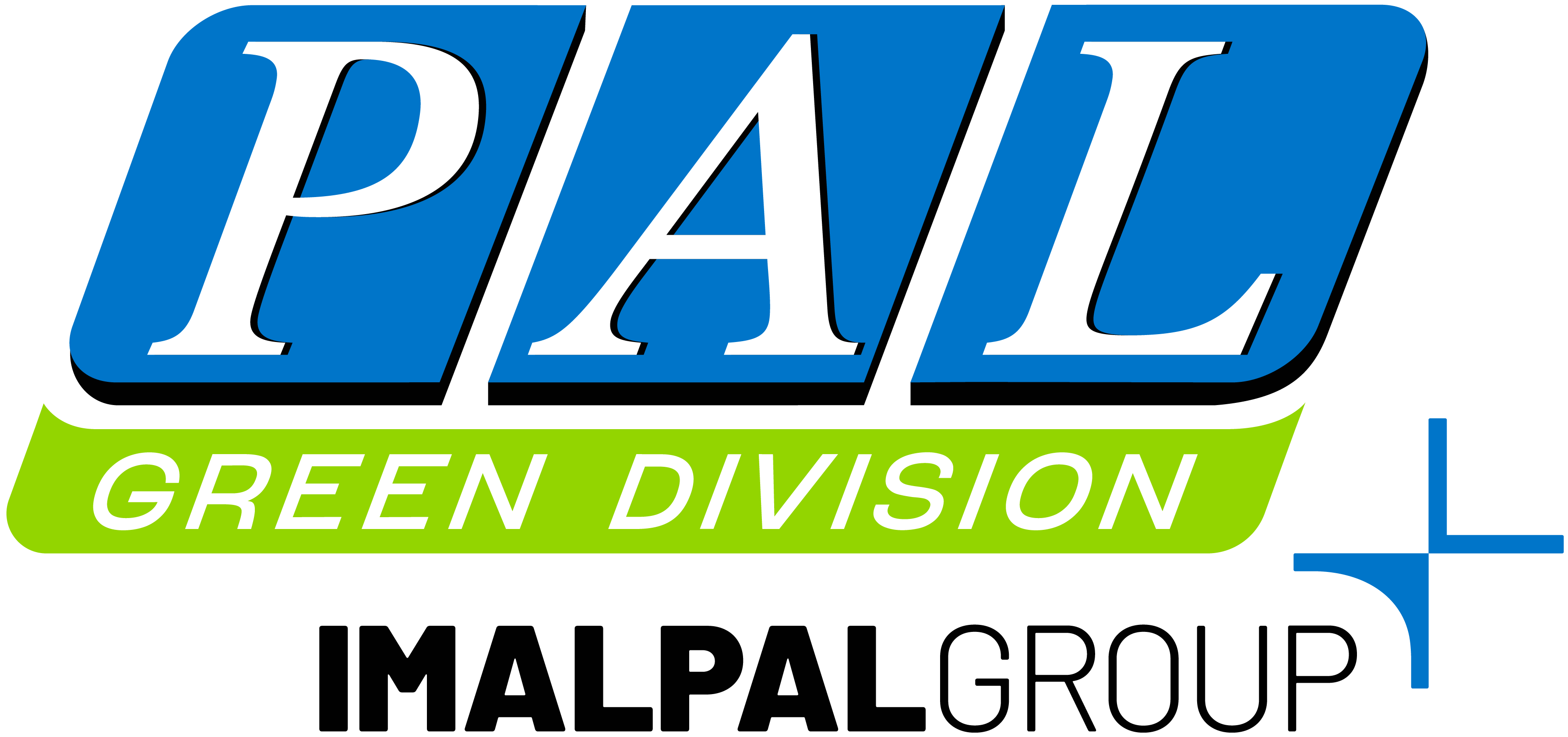The energy crisis and the phenomena resulting from climate change require an increasing interest in renewable energy sources. These include solar energy, wind energy, geothermal energy, biomass energy, and hydroelectric energy. Solar energy, in particular, is converted into consumable energy through the installation of photovoltaic systems, which offer numerous environmental and economic benefits.
What is meant by renewable energy?
When we talk about renewable energy, we refer to energy sources that are not subject to depletion and have a limited environmental impact, which today represent the future of global electricity production. The sources of such energy types are available in nature and regenerate continuously without human intervention, making them virtually inexhaustible energy reservoirs. Technological investments aimed at making the most of renewables allow for continuous product evolution. Electricity from wind, water, the earth's heat, and especially the sun can significantly reduce emission levels.
Solar Energy
Solar energy can be defined as the mother energy on Earth, as it is essential for natural processes such as photosynthesis and drives almost all forms of energy on the planet. The first step to harnessing energy from the sun dates back to the late 19th century, thanks to the invention of the solar cell, which converted solar radiation into electricity through the physical phenomenon known as the photovoltaic effect. Photovoltaics today represent one of the main types of clean energy.
Photovoltaic Systems
Solar power plants are centered around photovoltaic panels, covered with semiconductor materials such as polycrystalline and monocrystalline silicon, which are sensitive to light and generate electricity when struck by solar radiation. Solar panels are oriented and tilted to maximize light exposure. In a photovoltaic system, the various panels are connected to generate a total power equal to the sum of the panels. The basic element of a photovoltaic system is the cell. Cells form a panel. Multiple panels form a system. Photovoltaic cells convert sunlight into electricity.
Advantages of Photovoltaics
Investing in a photovoltaic system offers numerous advantages. Firstly, photovoltaics is the most versatile and fastest renewable technology capable of responding to the growing emergency caused by climate and geopolitical changes. Relying on fossil fuels raises CO2 levels in the environment and air and increases energy interdependence on producing countries.
Renewable energy from photovoltaic panels, on the other hand, brings the following benefits:
- Significant reduction in electricity costs
- Near-zero pollution, with a drastic reduction in CO2 emissions in the environment
- Renewable and always exploitable energy production
- Reduced maintenance costs and wear
- Reduced energy dependence and raw material imports
Photovoltaic Energy in Italy
Data for 2022 show a +165% increase in photovoltaic systems in Italy, the only renewable electricity source to report an increase, although still far from the 2030 Agenda goals. Lombardy holds the lead, followed by Veneto and Emilia Romagna, which are crucial for developing this approach in our country.
PAL Green Division's Interventions in the Photovoltaic Sector
PAL Green Division oversaw the construction of a ground-mounted photovoltaic system for electricity production on the site of the former inter-municipal landfill in Novellara, in the province of Reggio Emilia. The intervention aligns with PAL Green Division's goals, which was established to accelerate the ecological transition process through the development of advanced technologies for the environmental sector.
